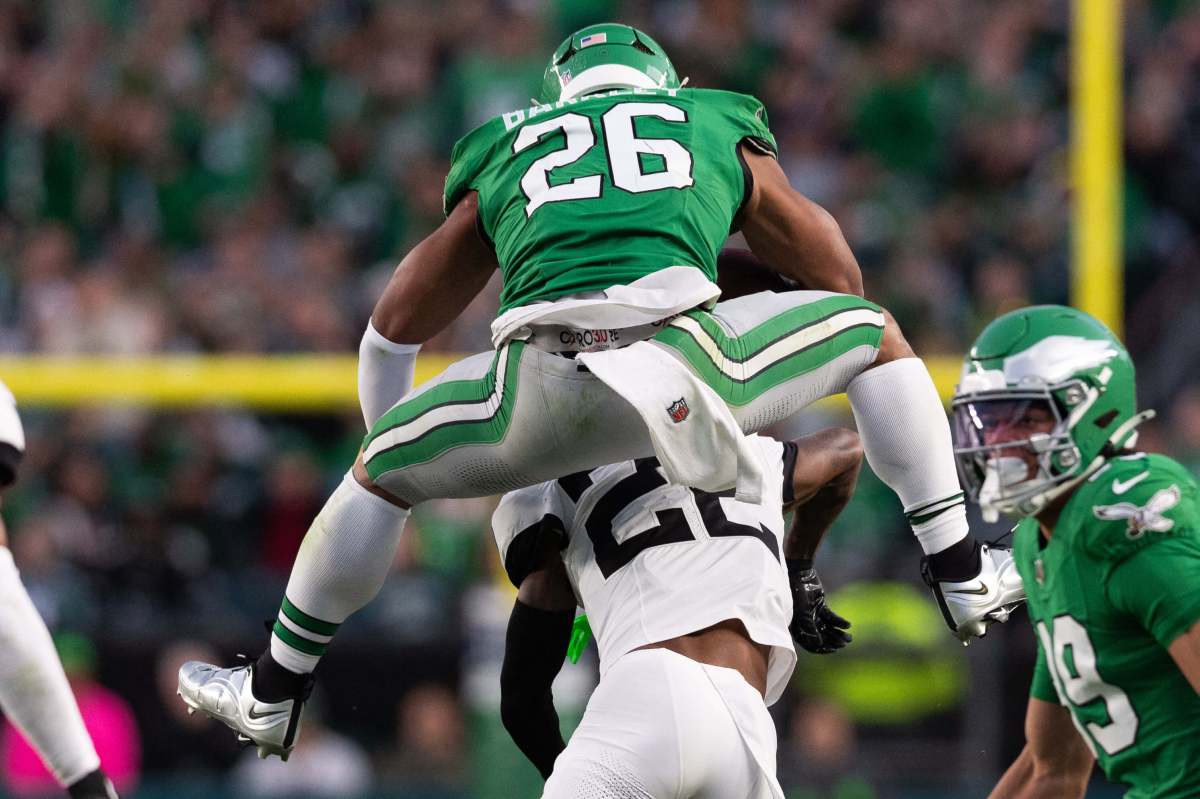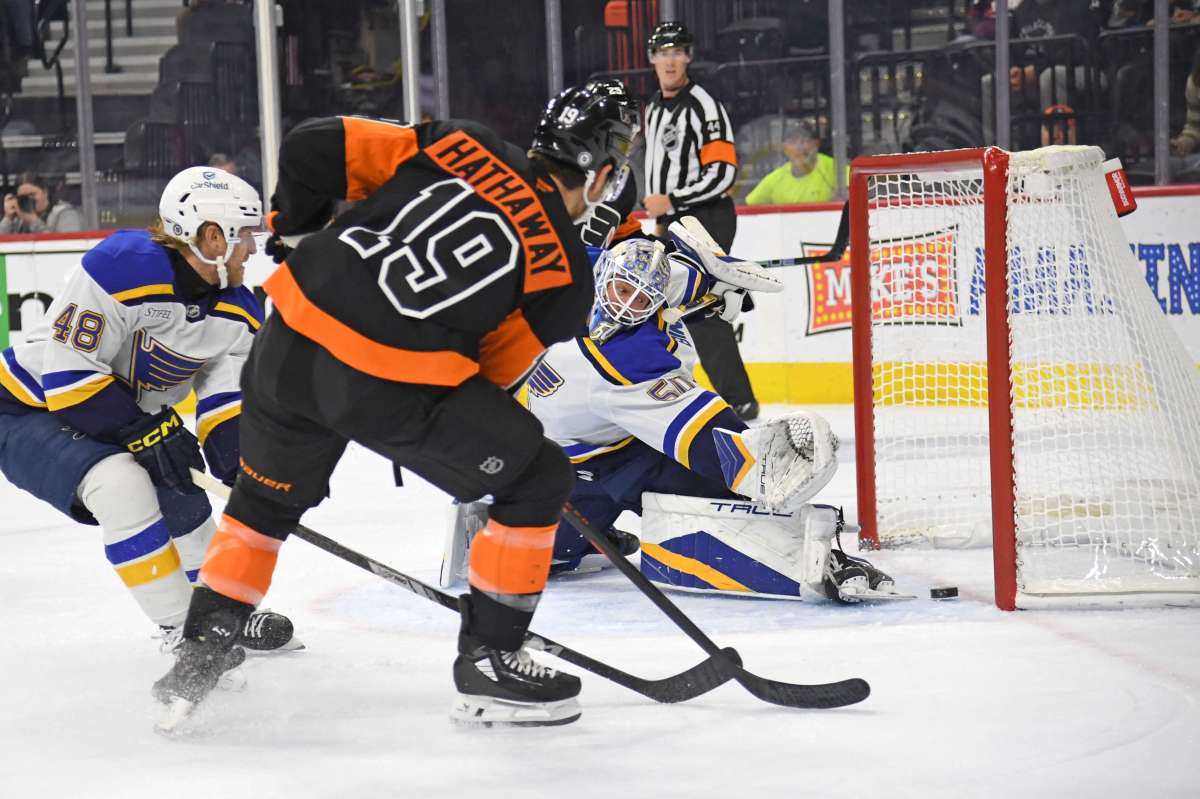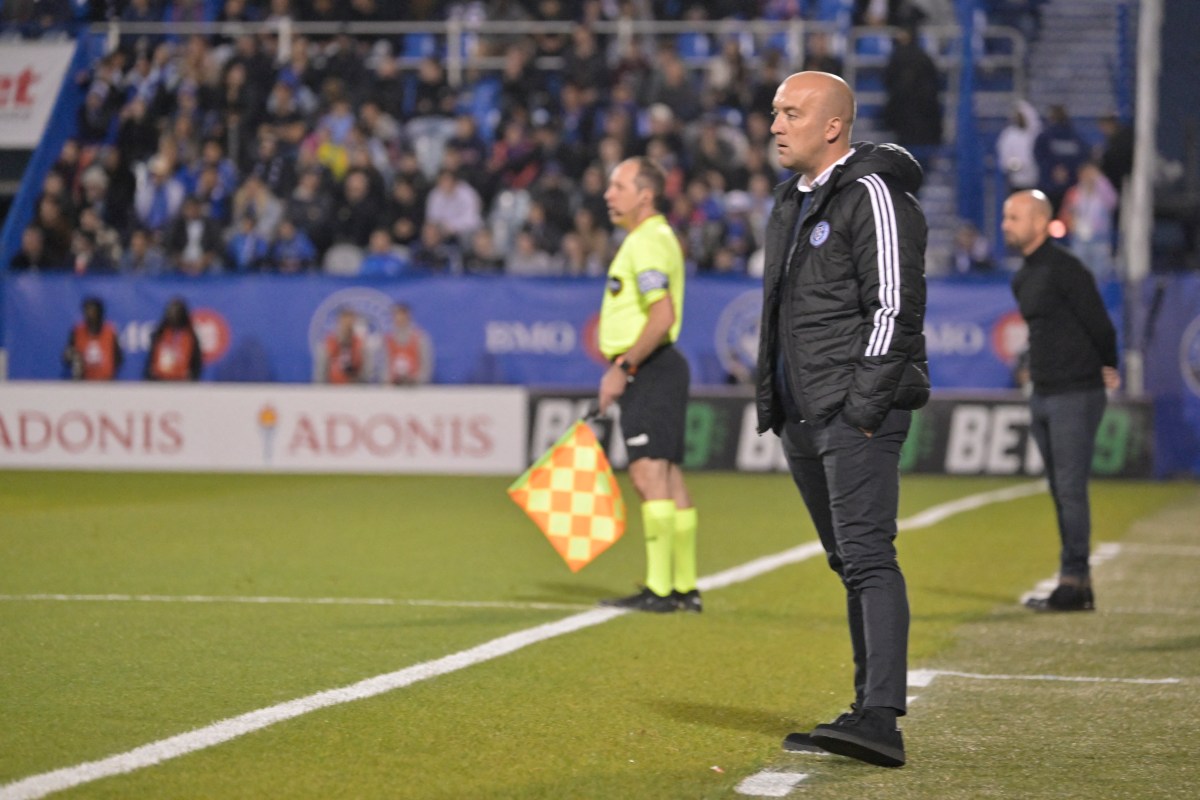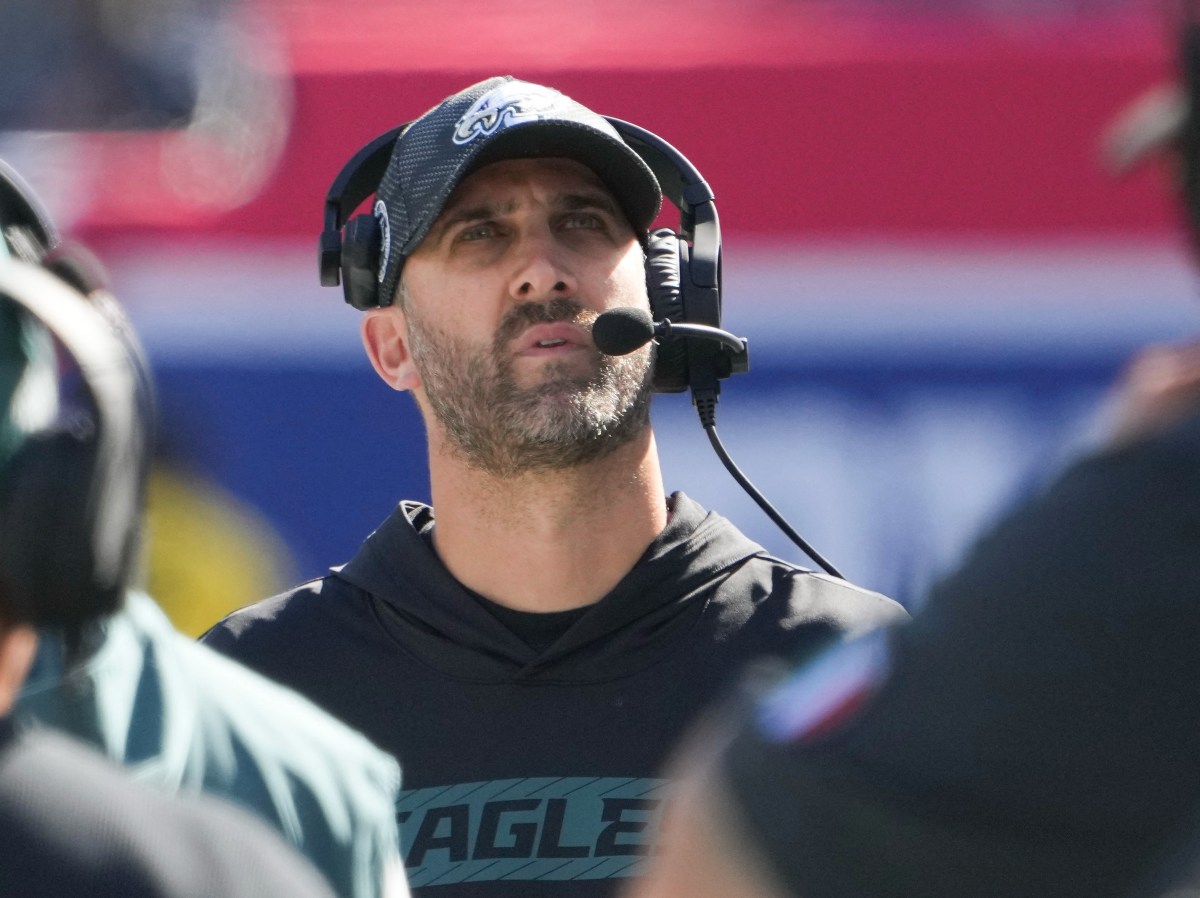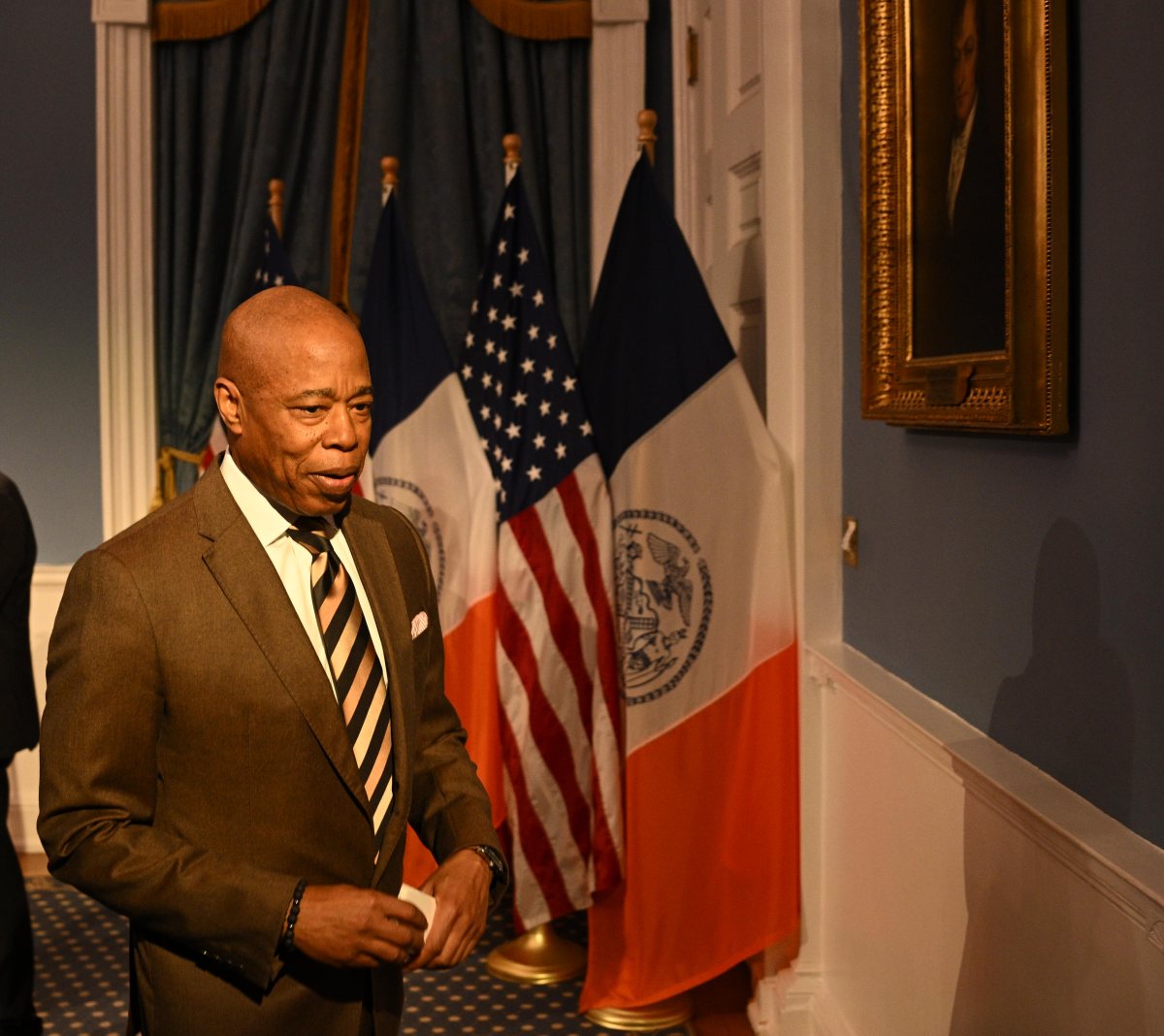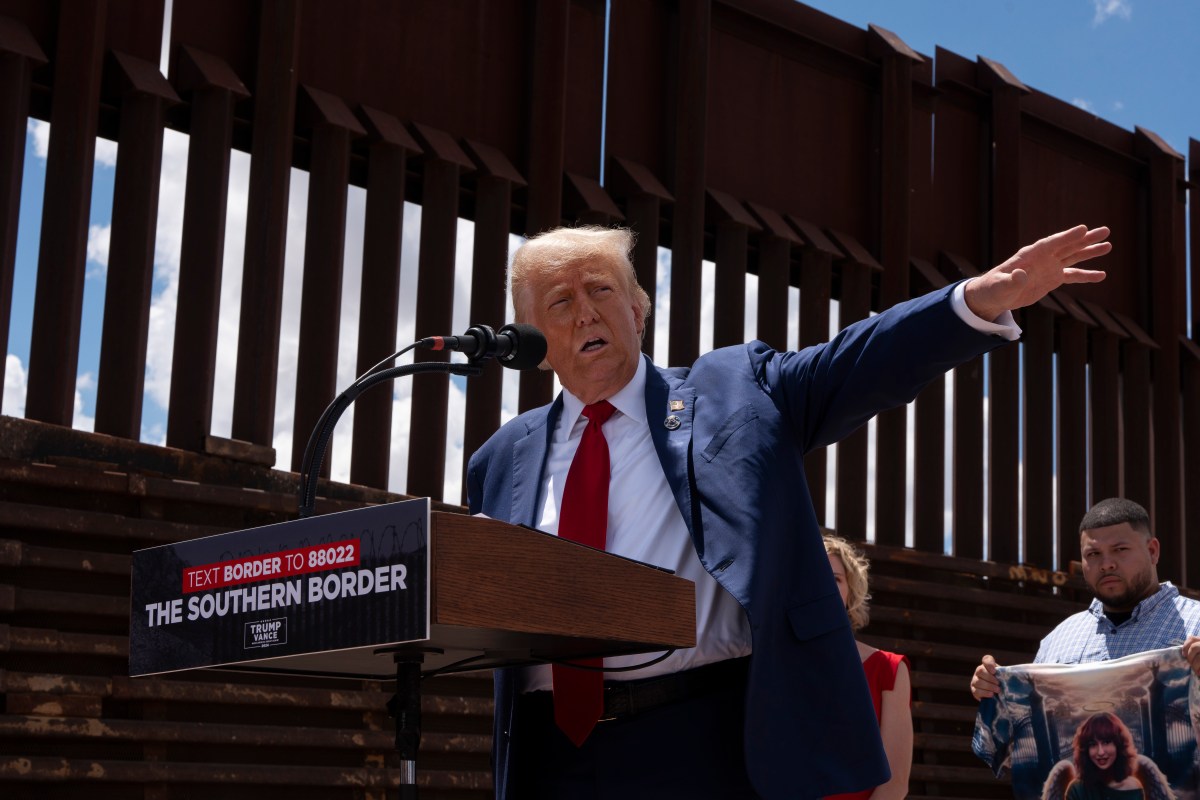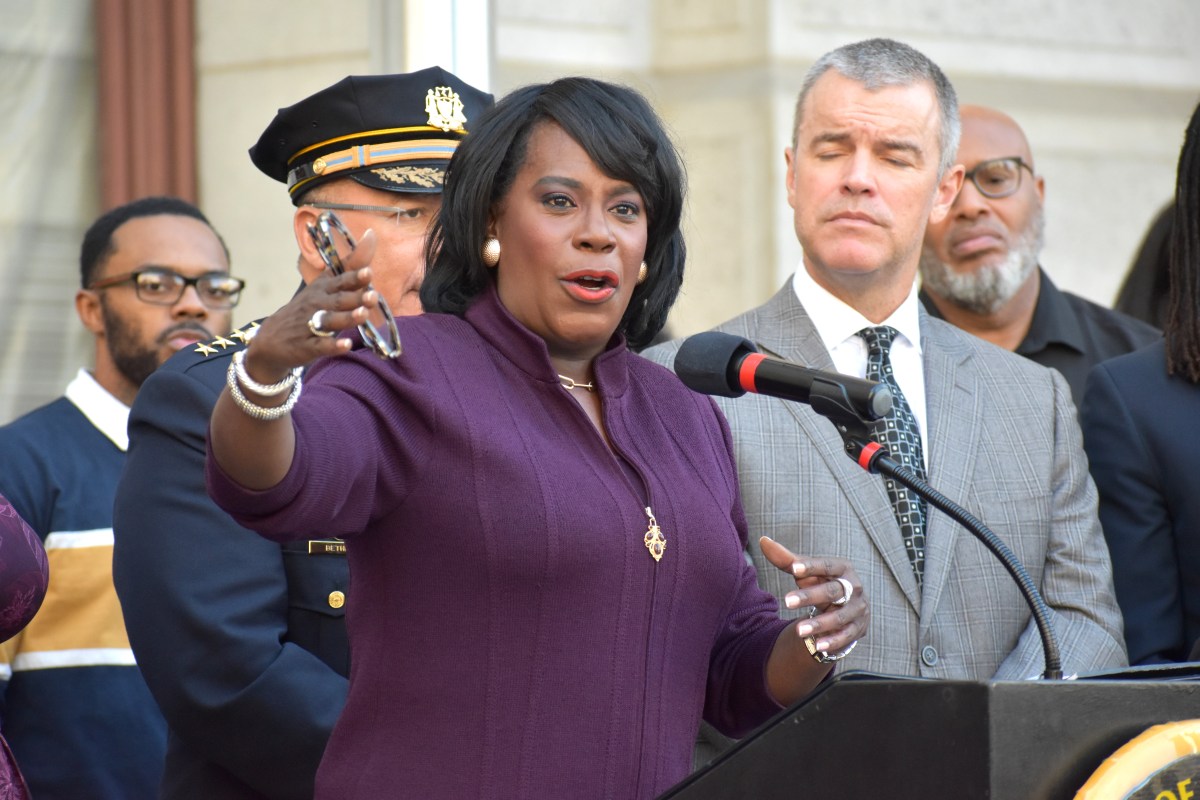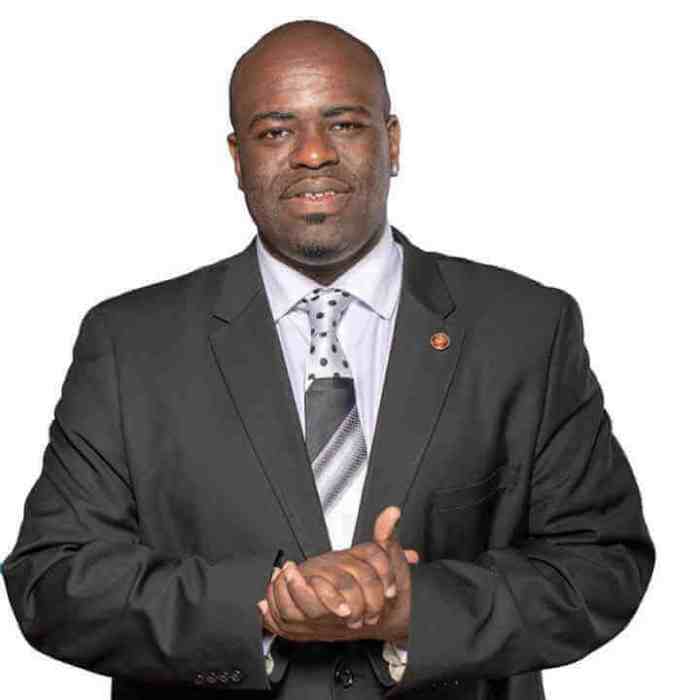By Howard Schneider and Jonnelle Marte
WASHINGTON (Reuters) – U.S. Federal Reserve officials have slashed interest rates half a percentage point because of the coronavirus.
They may keep that lower rate in place even if the risks to the economy from the virus pass in order to test just how weak U.S. inflation has become and to encourage what some policymakers have termed “opportunistic reflation” – a chance set of events that might help the Fed hit its long-missed 2% target for the pace of annual price increases.
In this case a rate cut no one anticipated in response to a confidence-rattling global health emergency could, analysts note, provide a sooner-than-expected moment for the Fed to use ideas that are at the center of a broader review of monetary policy: in effect to act fast when risks threaten, as the Fed did with the rate cut, but then stand out of the way until inflation moves higher.
The cut, taken at an unscheduled Fed meeting on Tuesday, “sort of dovetail(s) into some of the issues with the Fed’s framework review, where they want to make sure inflation gets to 2% or maybe goes above 2%,” said Karim Basta, chief economist at III Capital Management. “So maybe they use this opportunity of having eased to not hike in order to achieve that.”
Major central banks and government officials have pledged action to buttress the economy, and expected the Fed to take the lead. It is the only major central bank with a policy interest rate still above zero, and thus better placed to do what central bankers conventionally do in response to an economic shock -lower the cost of credit in hopes of encouraging households to spend and businesses to invest.
The Fed’s short-term target interest rate, now set between 1.00% and 1.25%, is already low by historical standards. Trimming it has left the central bank even less room to maneuver if the coronavirus deepens as a health crisis and pushes the world or U.S. into recession.
That is not what policymakers consider the likely outcome. Analysts have been trimming their global estimates of economic growth since the new coronavirus strain was identified in China, and recession risks have clearly risen as equity markets tanked and financial conditions tightened – key factors in the Fed’s willingness to act.
The worst-case scenarios see a far heavier human toll than in a typical flu outbreak, and potentially trillions of dollars in lost output.
But the expectation is for containment of the virus, a hit to growth but a bounceback as conditions return to normal.
Should the Fed get to zero, where it was stuck for seven years after the financial crisis, what does it do then?
Perhaps nothing.
A NEW APPROACH
If the economic threat from the coronavirus passes “and there is not some kind of significant economic downdraft…then they are going to be set up with slightly easier policy, potentially considerably easier policy. On net that could be inflationary, and they could take that chance,” said University of Oregon economics professor Tim Duy.
The framework review, examining issues like how best to manage and meet the 2% inflation target, is not due to be completed until the summer. As part of it, some top Fed officials like Governor Lael Brainard have suggested the “opportunistic” concept as a way for the Fed to calibrate its action and set aside some old monetary policy shibboleths to show policymakers are serious about meeting or exceeding 2% inflation.
Because monetary policy takes time to influence the economy, central bankers traditionally try to stay ahead of problems like fast-rising prices, raising rates today to guard against future trouble. In the current low inflation, low interest rate world, however, that has meant the Fed has missed its inflation target since it was first set in 2012.
The new suggestion would be to wait for inflation to more convincingly take hold before raising rates. Higher rates are typically seen as a way to slow economic activity and cool the pace of price increases.
Taking this moment to try the new approach might not get unanimous approval among central bankers. Some at the Fed remain concerned that low interest rates are setting the stage for future financial risks.
But the outlook for inflation is also dimming, with market-based measures of inflation expectations now below 1.5%, after starting the year at around 1.9%.
With that in mind, what actions the Fed takes to address a near-term shock may have lasting implications for how it tackles its nagging inflation problem.
“They might take this opportunity, assuming everything goes well, to get a little boost to inflation,” said Yale University professor William English, who previously served as the head of the Fed’s monetary policy division.
English said the outbreak’s disruptions to supply networks may provide a lift to prices in the near term.
“Production will be lower so prices at least temporarily may be higher, but they could tolerate a little extra inflation, a little easier path for policy, if they agree that this an opportune time for that.”
(Reporting by Howard Schneider and Jonnelle Marte; Additional reporting by Ann Saphir; Editing by Dan Burns and Andrea Ricci)






